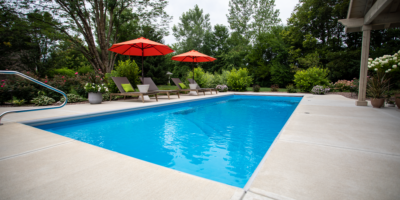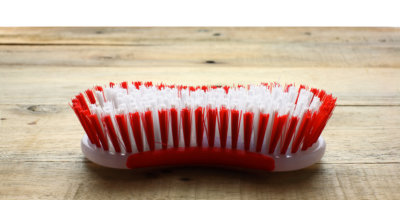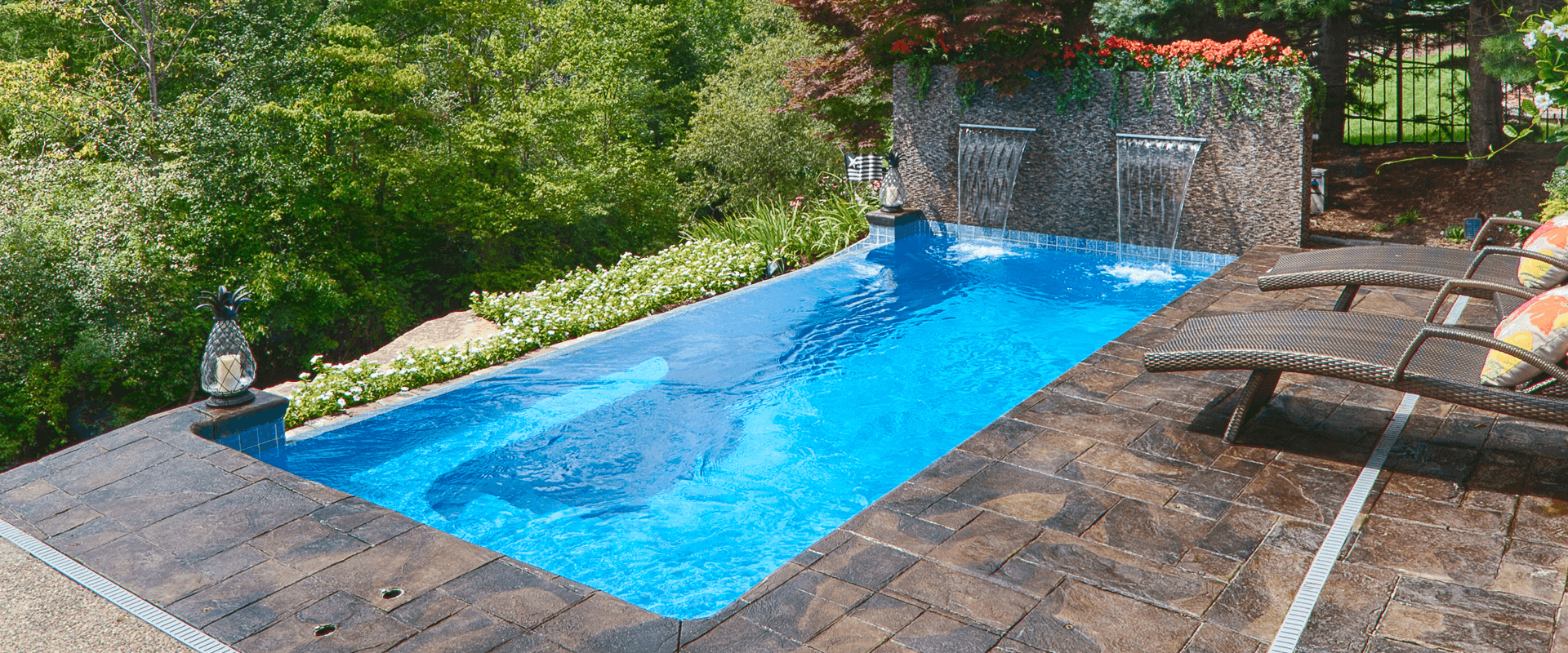877-929-7665
Do You Need to Brush a Fiberglass Pool?
 Fiberglass pools are incredibly popular for good reasons. They are luxurious, long-lasting, and can create a beautiful backyard backdrop for many memorable moments with your family and friends. Like many major purchases and luxury items worth having, however, they require care and ongoing maintenance to stay in peak condition. Do you need to brush a fiberglass pool? That’s one of the most common questions homeowners ask when considering the prospective upkeep responsibilities with their pool purchase.
Fiberglass pools are incredibly popular for good reasons. They are luxurious, long-lasting, and can create a beautiful backyard backdrop for many memorable moments with your family and friends. Like many major purchases and luxury items worth having, however, they require care and ongoing maintenance to stay in peak condition. Do you need to brush a fiberglass pool? That’s one of the most common questions homeowners ask when considering the prospective upkeep responsibilities with their pool purchase.
All pools, including fiberglass pools, have several essential maintenance tasks homeowners must perform—or hire local pool service professionals to handle—on a regular basis in order to keep them clean, safe, and functioning properly. The good news is that, thanks to their durable materials and innovative manufacturing methods, fiberglass pools require fewer chemicals and are easier to take care of than other inground pool types. Similar to other pool types, brushing is necessary with fiberglass pools, but it’s far from labor-intensive work and nothing to be afraid of.
Why Do You Brush a Fiberglass Pool?
While fiberglass pools are algae-resistant, dirt and debris buildup may become a daily occurrence with backyard landscaping surrounding the pool. Brushing your fiberglass pool helps prevent unwanted debris from settling in one place for too long and causing staining. After adding chemicals to your pool, brushing is a good agitating activity to help chemicals dissolve and circulate quickly.
How Often Should You Brush a Fiberglass Pool?
The frequency with which you should brush your fiberglass pool depends on how much dirt and debris get in your pool, how often you use the pool, and whether or not you have a pool cover. While your fiberglass pool may need more frequent brushing after prolonged periods of heavy use or bad weather, a good general rule of thumb is to give it a good brushing once or twice per week.
What Kind of Brush Do You Use for a Fiberglass Pool?

As opposed to the hard scrubbing necessary for pools with porous surfaces, fiberglass pools dictate a delicate, gentle touch to avoid scratching the gelcoat. The only type of brush you should use on a fiberglass pool is one with poly or nylon bristles. You should also consider your pool’s shape when choosing a brush for a fiberglass pool. If your pool is rectangular, choose a flat, rectangular brush to get into the corners. If your pool is freeform, choose a brush with a curved head.
How Do You Brush a Fiberglass Pool?
Push your soft-bristle brush over the entire pool surface, including the walls, floor, and any stairs, benches, or tanning ledges. Brushing the pool surfaces helps kick up caked-on dirt and debris in order to circulate it into the pool skimmer and filter system. Depending on the amount of dirt and debris, you may want to backwash your filter.
Do You Brush a Fiberglass Pool Before Vacuuming?
Brushing and vacuuming are both essential fiberglass pool maintenance responsibilities, but do not brush your pool directly before vacuuming. Brushing the pool “kicks up” the dirt and debris that was stuck to the surface, causing it to float in the water. Wait to run your pool vacuum until after particles reach the main drain and filter or settle back on the surface.
Keep Your Pool Smooth and Stunning

You will need to brush your fiberglass pool as part of your regular care and maintenance routine. Brushing is one of the most important ways you can keep your fiberglass pool’s surface beautiful, and it isn’t a very time-consuming or labor-intensive activity.
Looking for more information on fiberglass pool care? Explore Thursday Pools’ Ultimate Fiberglass Pool Maintenance Guide for a thorough look at everything you need to know.
Do you have questions about pool brushes, other cleaning tools, or how to plan for fiberglass pool maintenance? Connect with an independent Thursday Pools dealer near you. They can walk you through best practices, answer your questions, and help you brush off concerns and enjoy your pool with confidence.
